Magnetotactic Bacteria
We are developing a simple experimental set-up to study the motion of magnetotactic bacteria (MTBs) in the presence of time-varying magnetic fields. Our end goal is to use such set-ups in undergraduate laboratories.
What are MTBs?
The term "magnetotactic bacteria" regroup a number of organisms that possess contain organelles called magnetosomes. These organelles are constitued of iron oxide or iron sulfide crystals enclosed in a membrane, that act as permanent magnets. These allow the bacteria to align with the local magnetic field, just as a compass needle goes.
Why do bacteria need a compass?

MTBs use their magnets to move away from oxygen-rich regions, since high oxygen concentrations are toxic to them. In the northern hemisphere (magnetic south) they follow the Earth's magnetic field lines which point downward (locally) to where there are lower concentrations of oxygen. In the southern hemisphere, they follow the lines in the opposite direction for the same result. MTBs are thus often found in sediment at the bottom of water bodies and other low oxygen concentration coniditons.
Why use MTBs in an undergraduate laboratory?
McMaster has a tradition of using innovative teaching methods in order to make courses as engaging as possible for students. In physics, we encounter the particular challenge of teaching students who take courses out of necessity rather than interest. Our efforts to include the study of MTBs in undergraduate labs is part of a larger effort to create inquiry-based labs that are more relevant to the students that come from the life sciences. MTB labs are appropriate in that they are relevant, integrative, and open-ended enough to be studied in an inquiry-based lab. We hope they will help life science students appreciate the relevance of what they learn in physics courses for their own fields.
